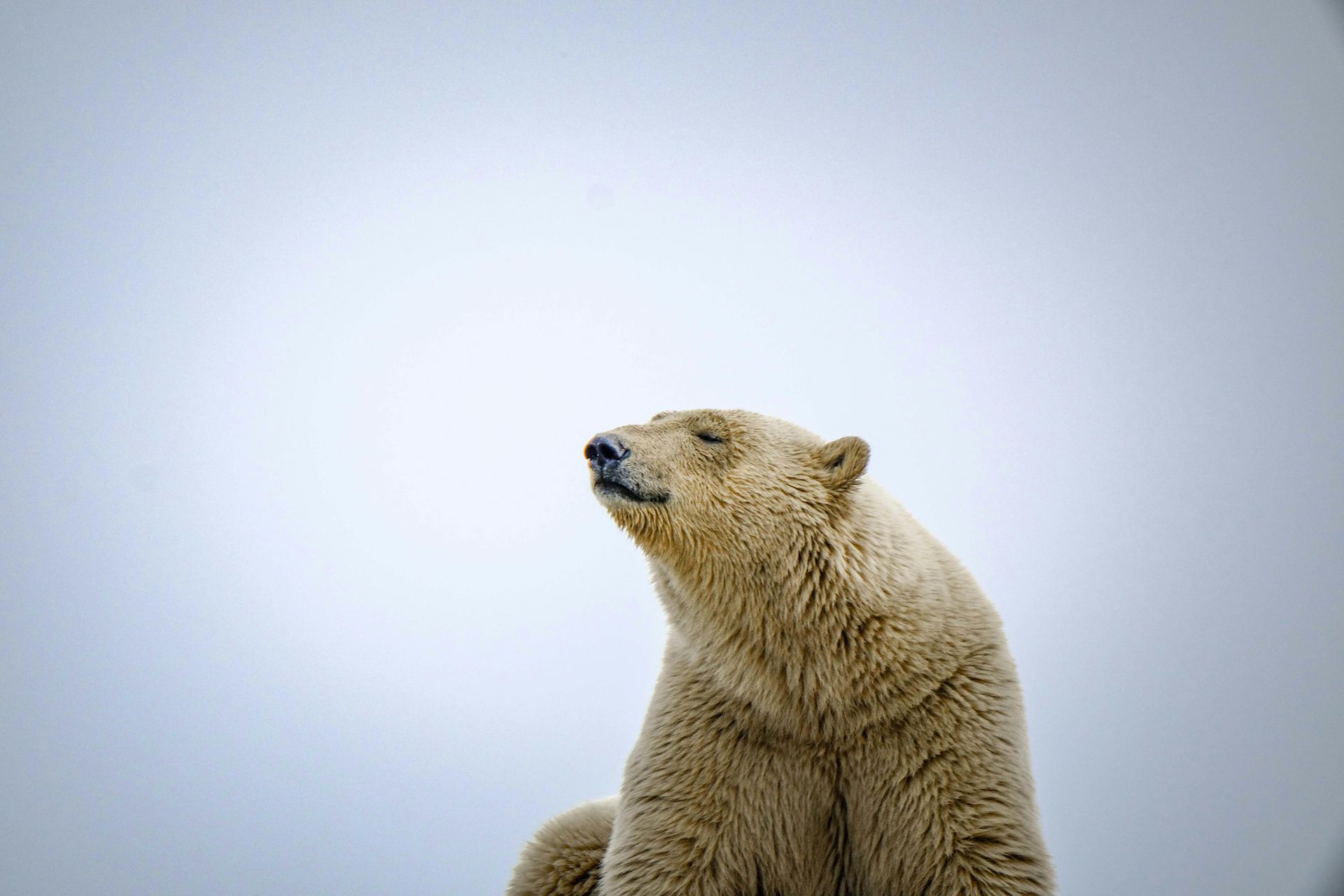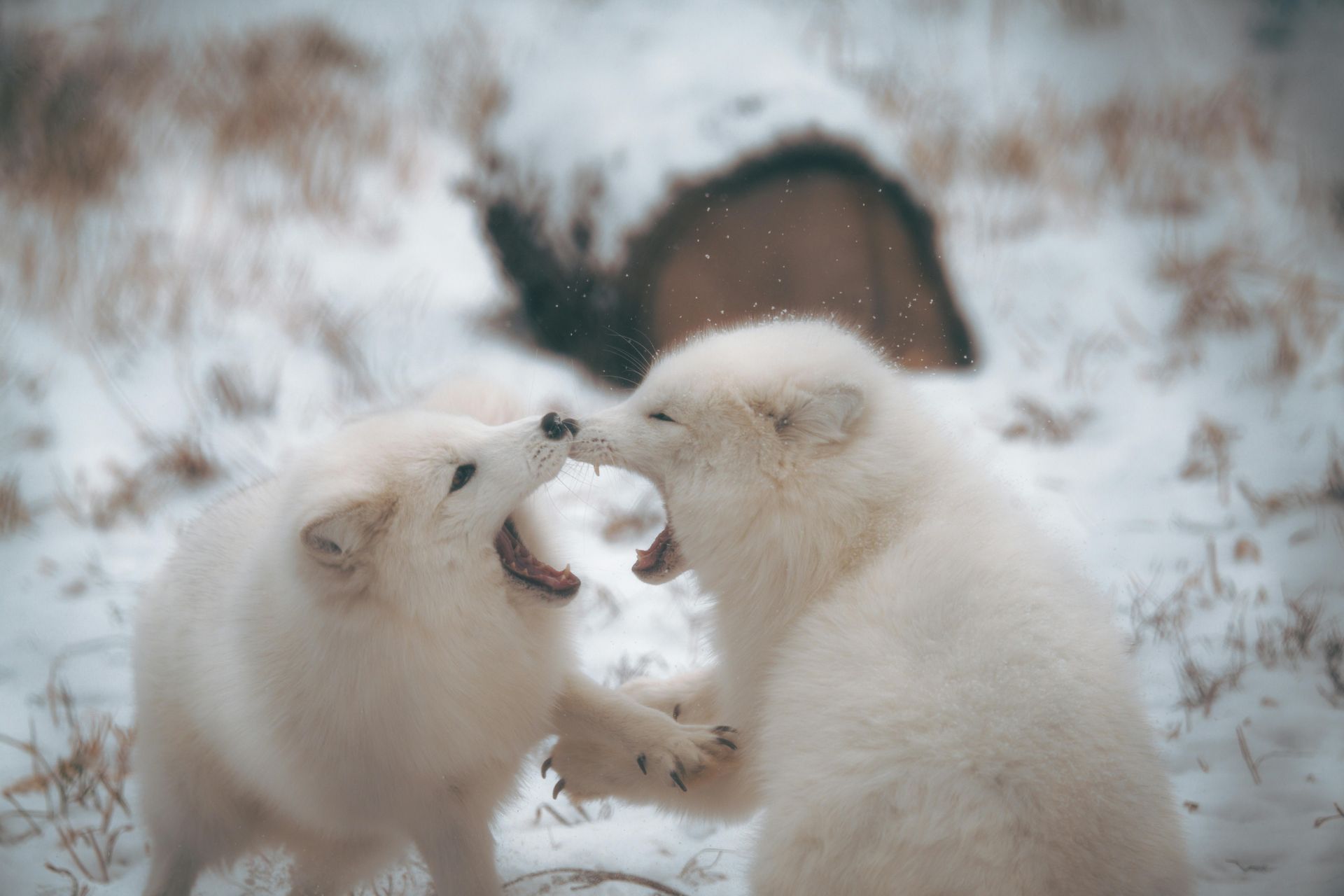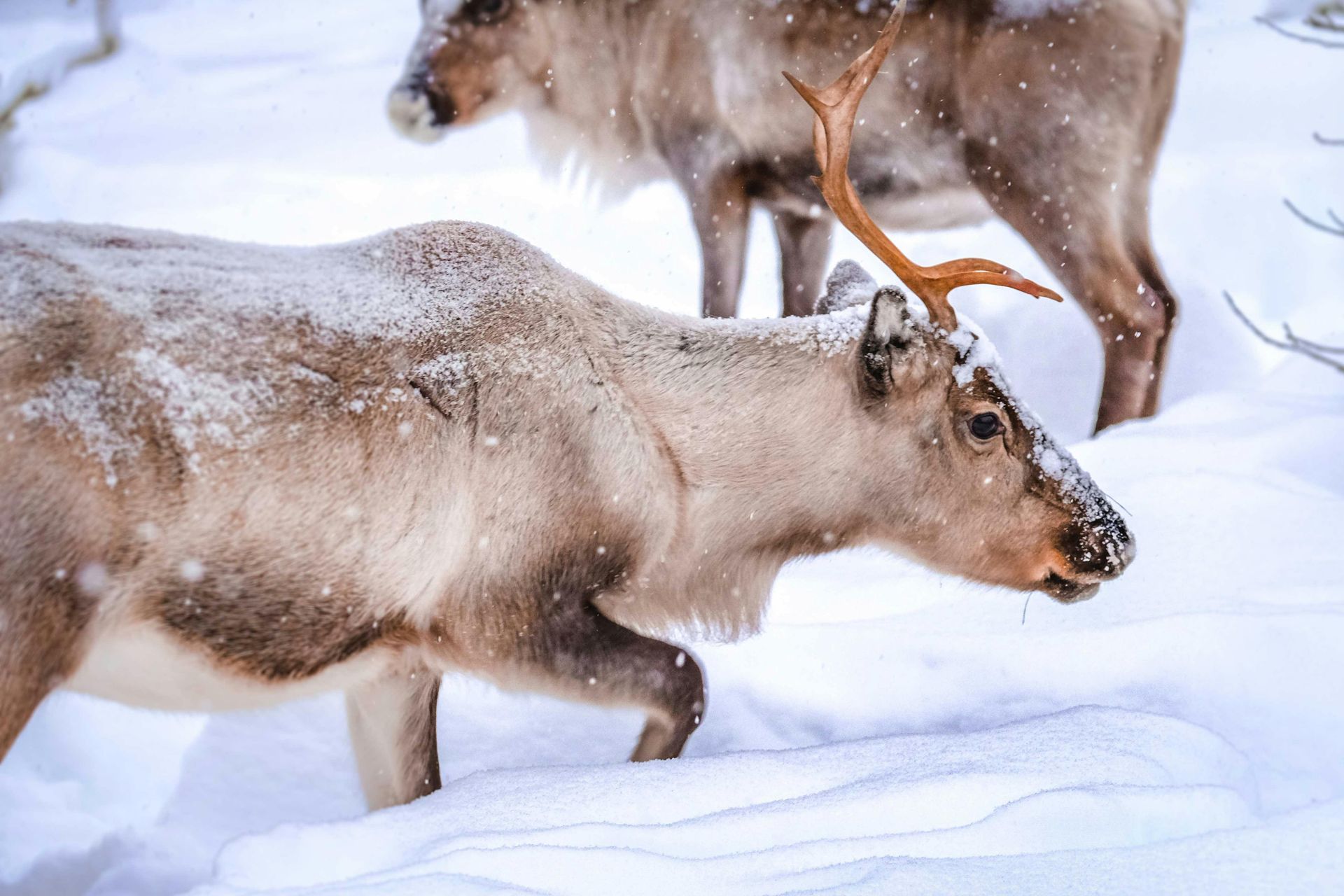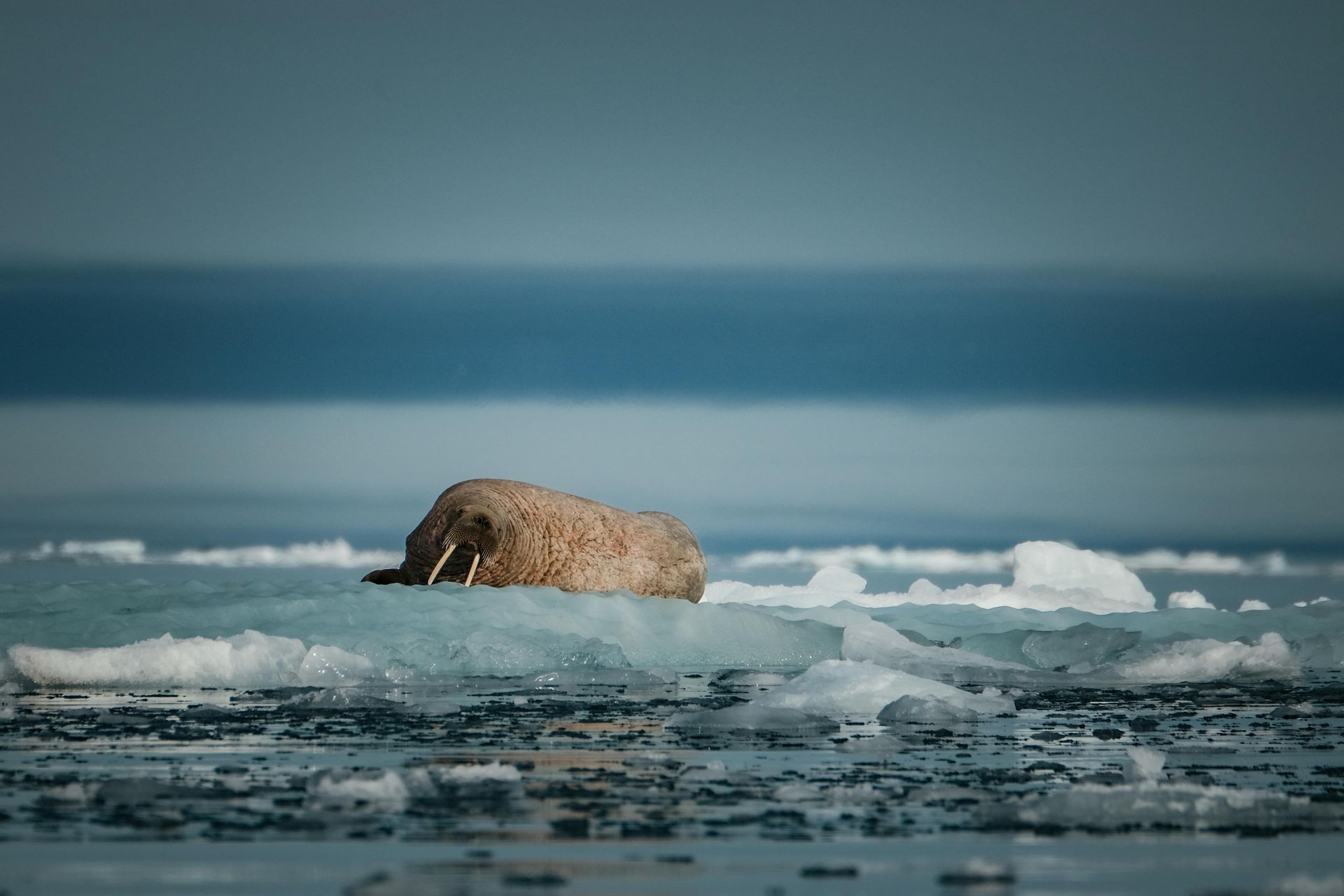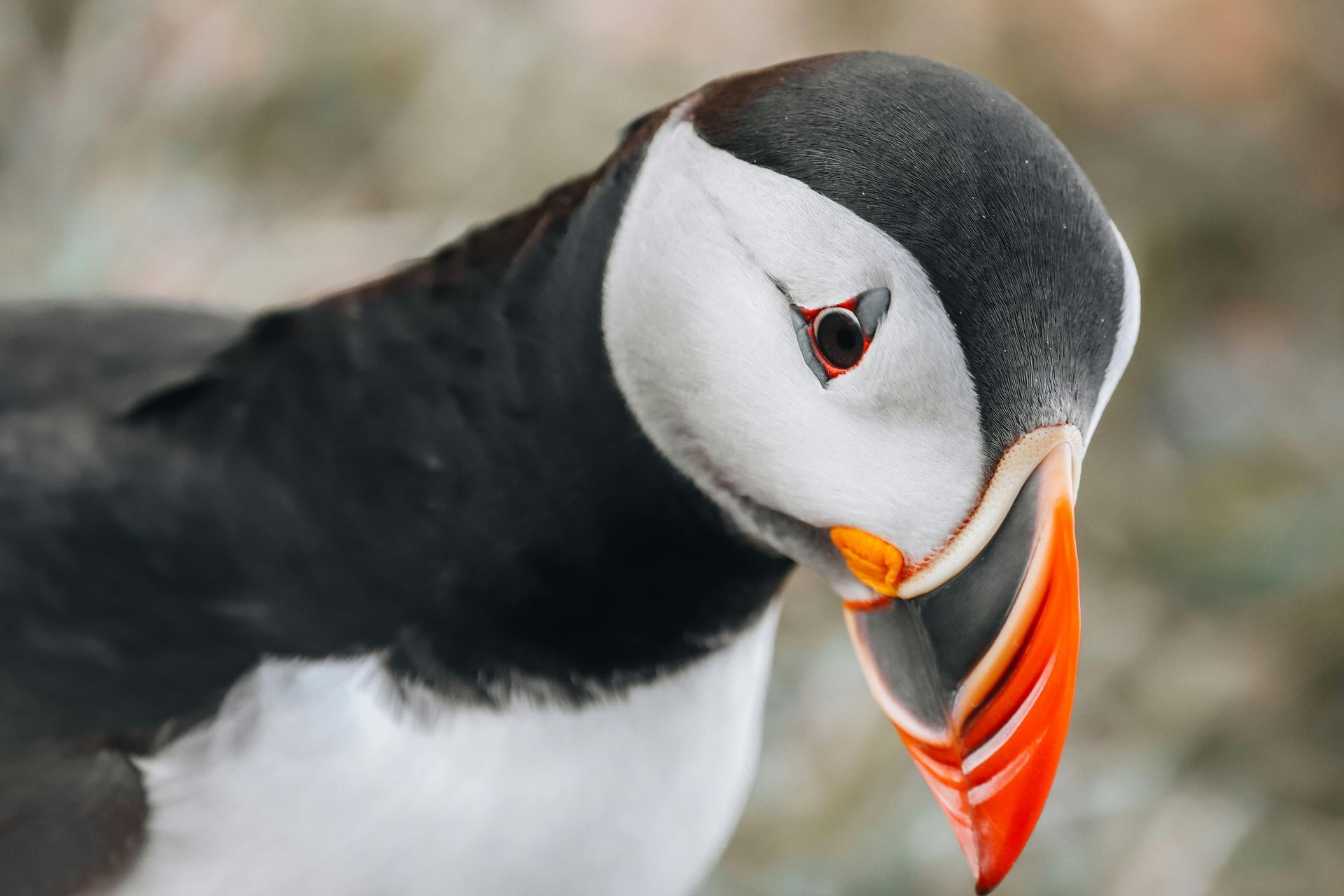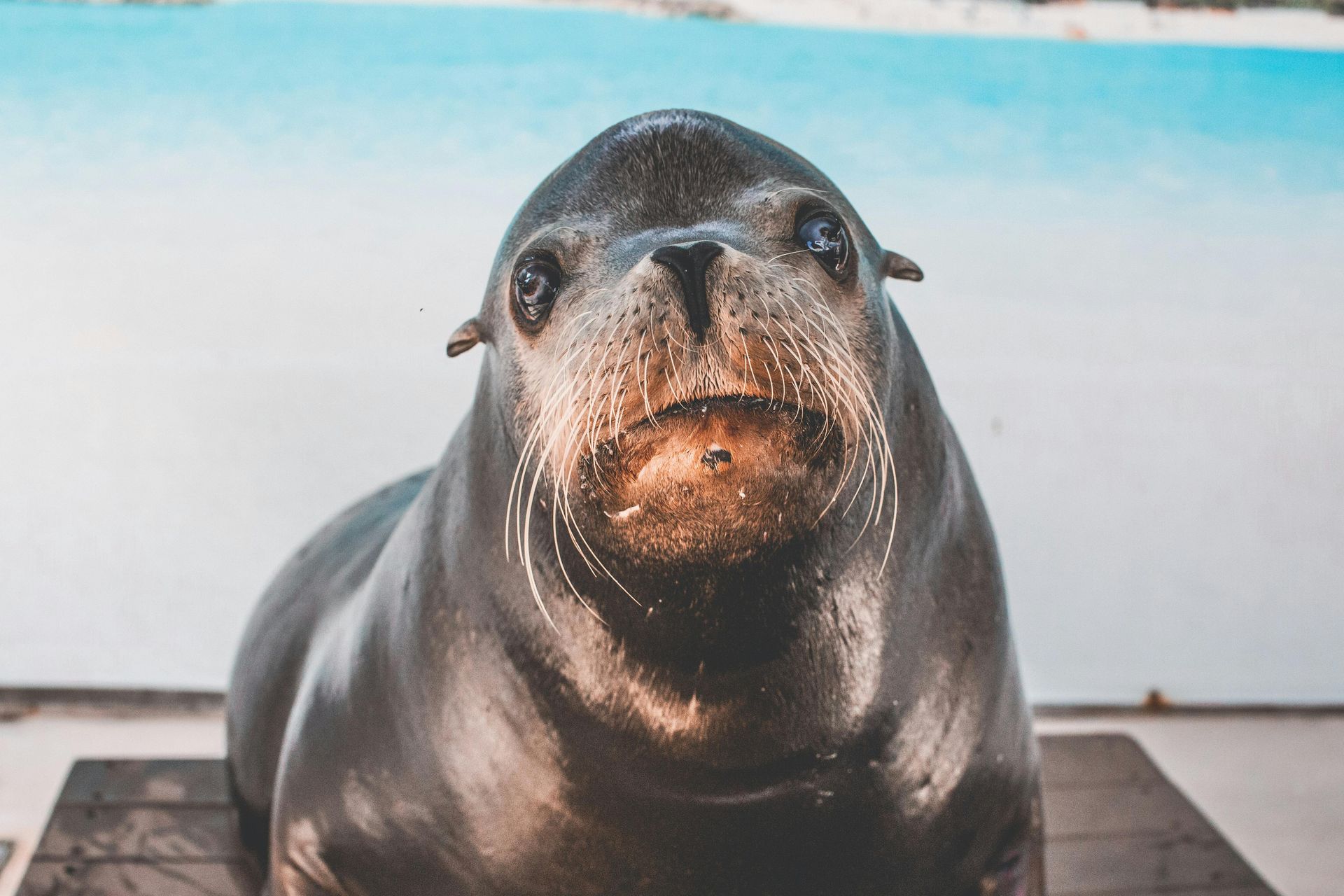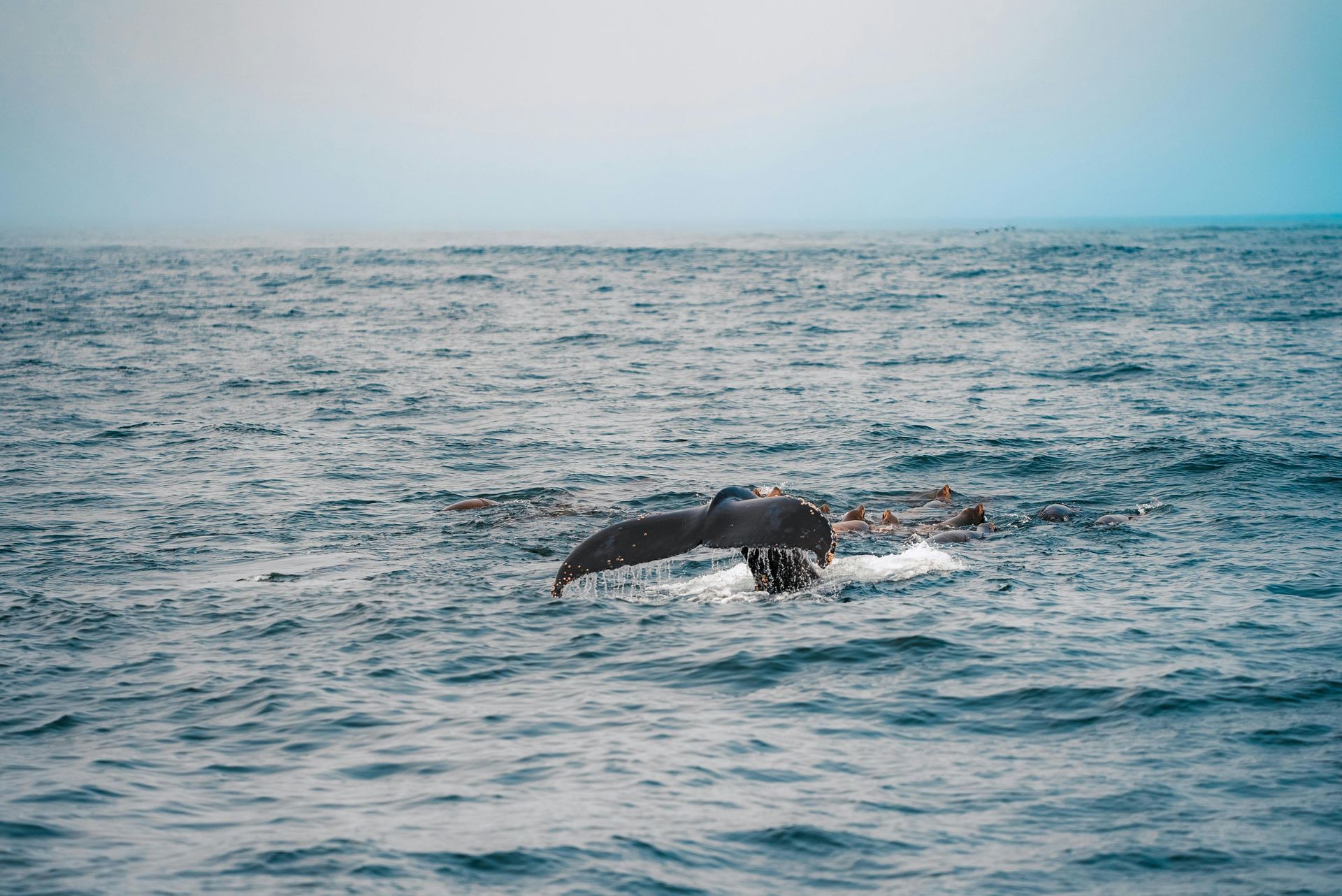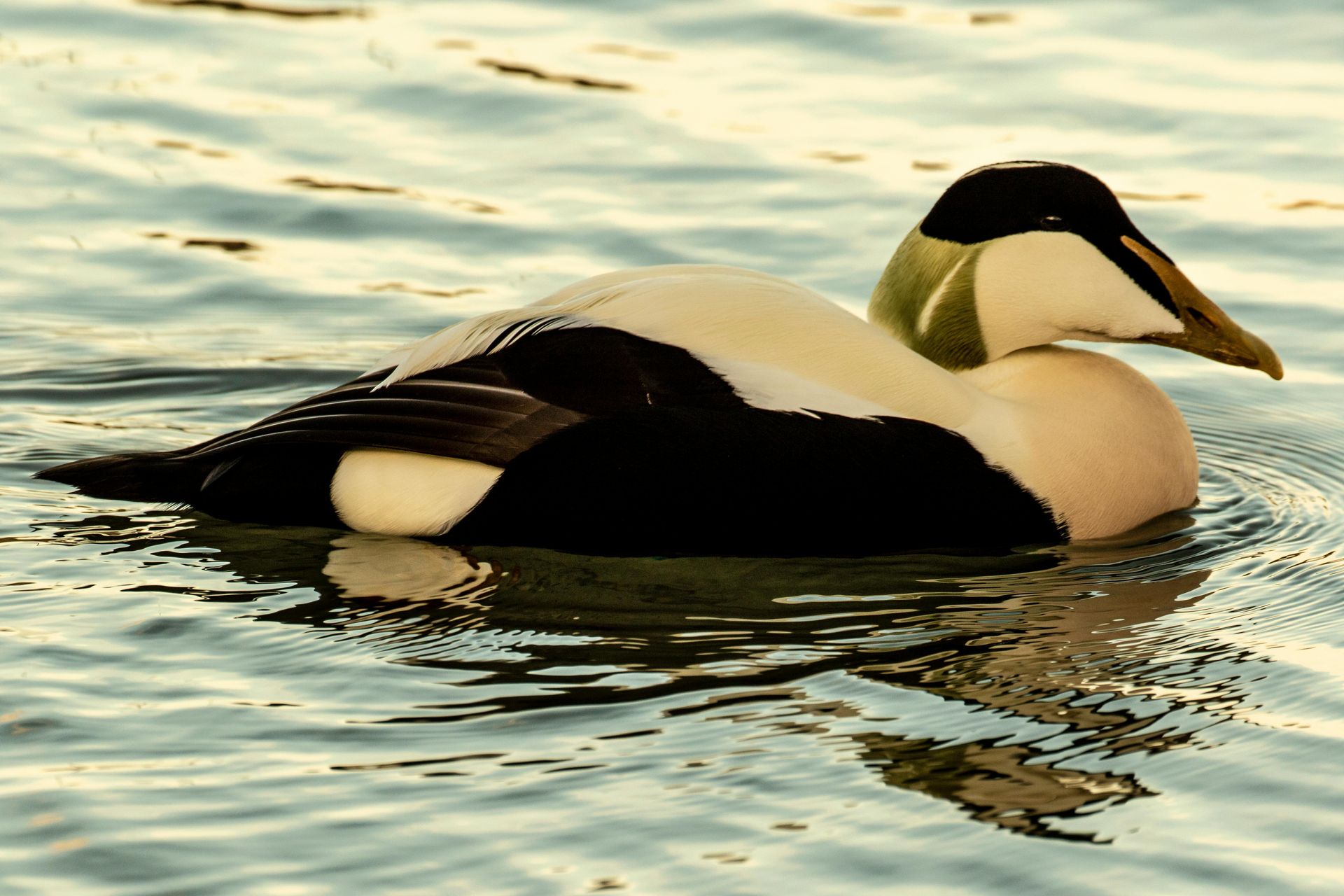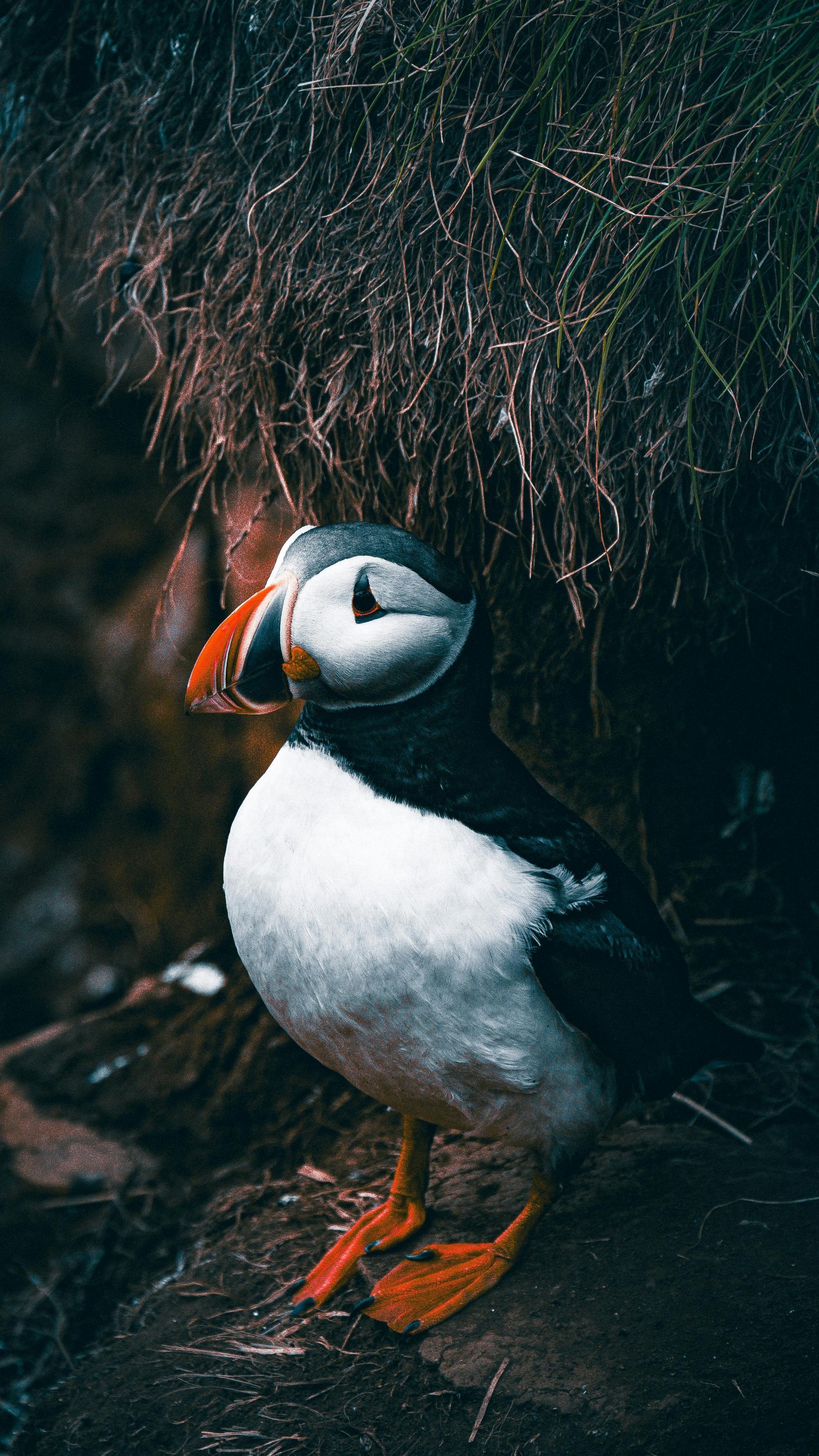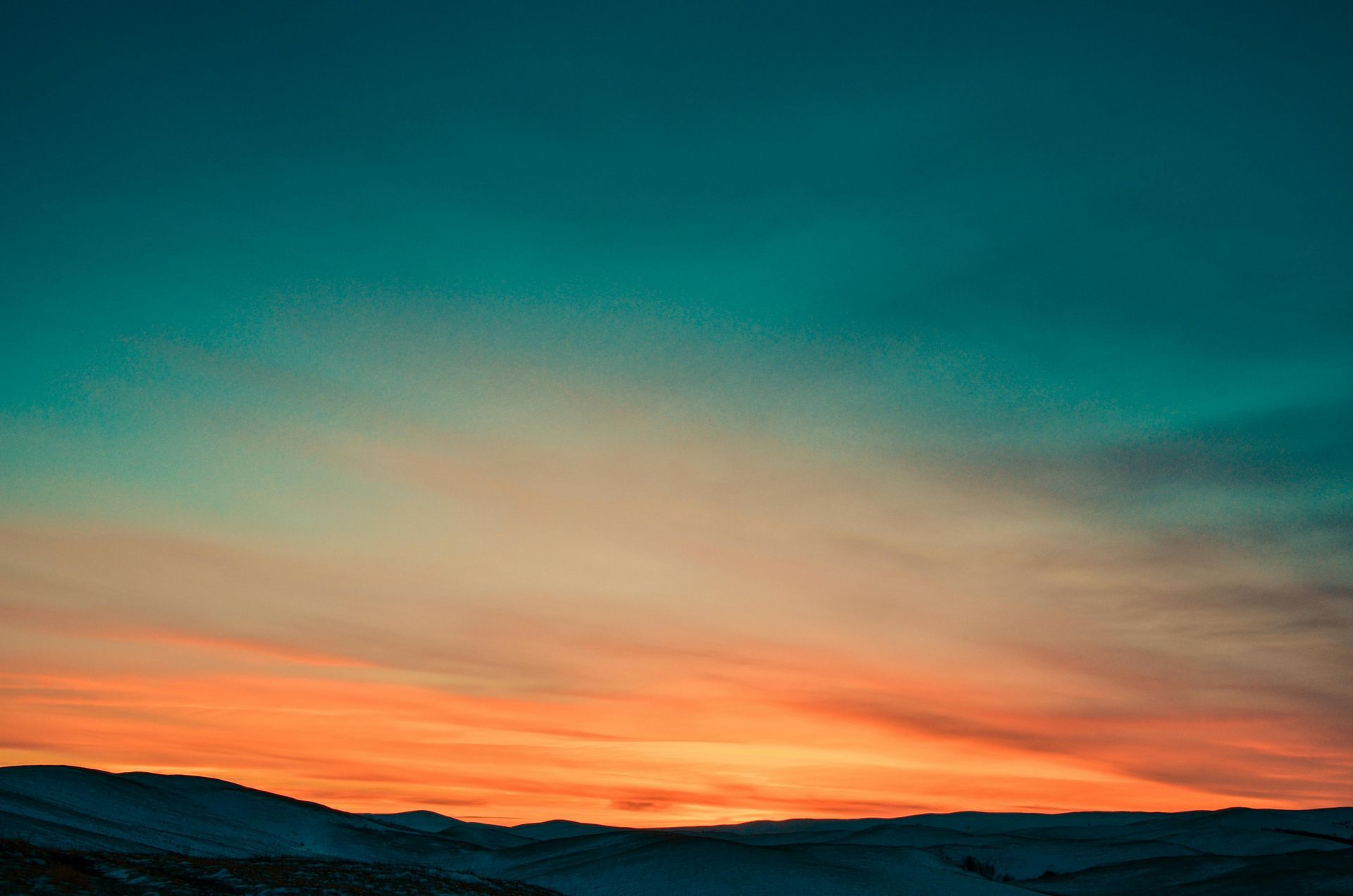Wildlife Watching in Svalbard: What You Can Expect
Wildlife Watching in Svalbard: What You Can Expect
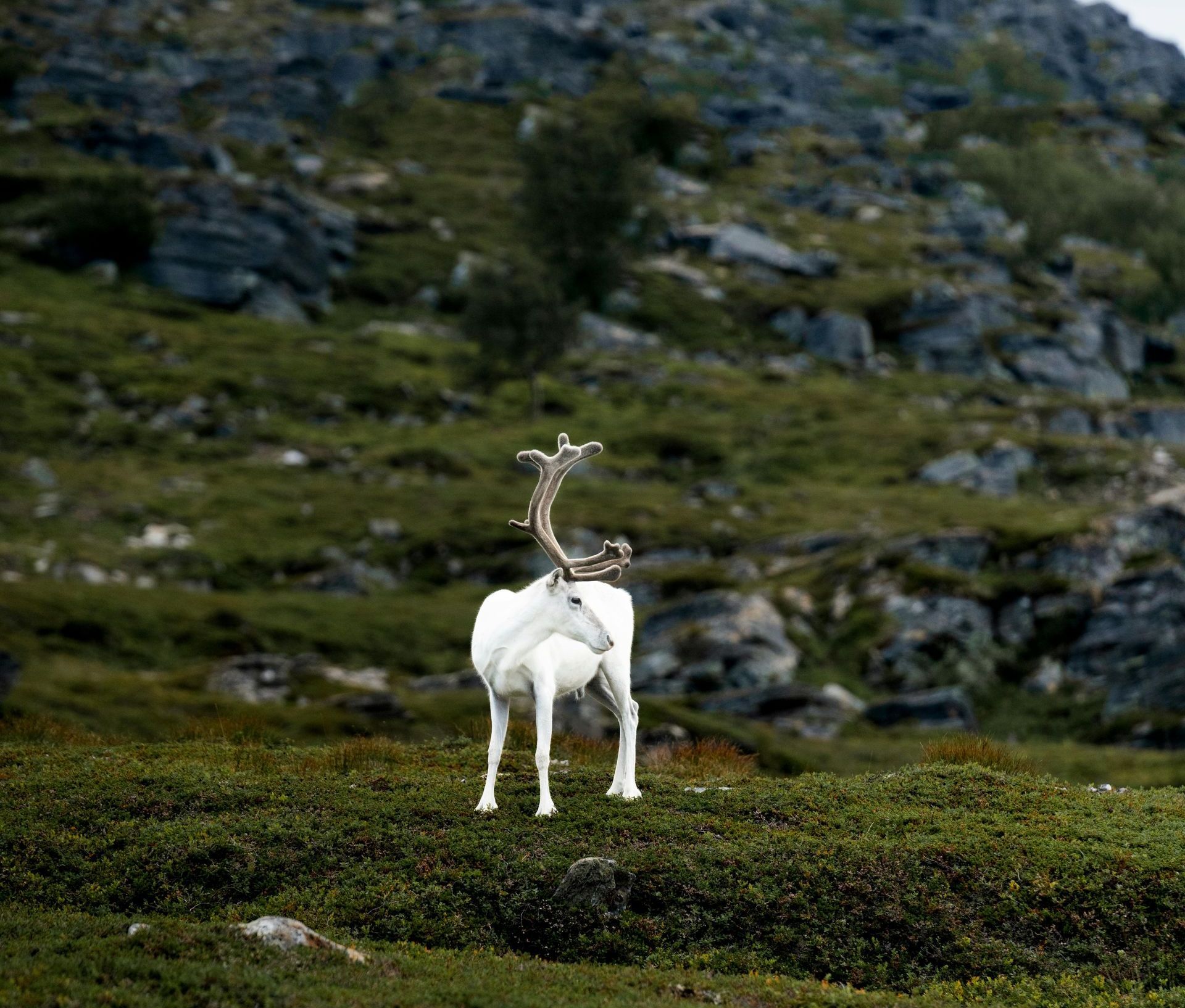
Wildlife Watching in Svalbard: What You Can Expect
Svalbard is one of the most extraordinary places on Earth for wildlife encounters. With minimal human development and vast Arctic wilderness, it offers unparalleled opportunities to see iconic Arctic animals in their natural environment — responsibly and respectfully.
Polar Bears
Svalbard is known as the kingdom of the polar bear. While sightings are never guaranteed, boat expeditions and multi-day trips in summer increase your chances. It is illegal and dangerous to seek them out without a certified guide, and proper distance must always be maintained.
Arctic Foxes and Svalbard Reindeer
The curious Arctic fox is often spotted around Longyearbyen and nearby valleys, especially in winter when they roam in search of food. Svalbard reindeer, a unique subspecies, are easy to see year-round and often graze close to town. They are smaller and stockier than mainland reindeer, perfectly adapted to the cold.
Walruses and Seals
Walruses are commonly seen lounging on ice floes or beaches along the eastern and northern coasts during summer. Several boat trips from Longyearbyen include stops at known haul-out sites. Ringed seals and bearded seals are more elusive but can be spotted in fjords and near glacier fronts.
Birdlife in the Arctic
Svalbard is a birdwatcher’s dream between May and August. Tens of thousands of seabirds — including puffins, guillemots, kittiwakes, and little auks — return to breed. Coastal cliffs host dramatic nesting colonies, best reached by boat. The Arctic tern and pink-footed goose are also frequently observed.
Summer vs. Winter Wildlife
Summer offers the most diverse wildlife viewing, especially by boat. Winter is quieter but gives opportunities to see Arctic foxes and reindeer against a snow-covered backdrop. If you're lucky, you might spot polar bear tracks or see a ptarmigan in full white plumage.
Wildlife Watching Tips
• Bring binoculars and a zoom lens — close approaches are avoided for the animals' safety
• Dress warmly and prepare for long hours outside in remote conditions
• Stay patient; Arctic wildlife requires time and attention to spot
• Never attempt to approach or feed animals
Key Regulations
Wildlife in Svalbard is strictly protected under Norwegian law. Disturbance is punishable by heavy fines. All visitors must keep a safe distance, and drones are prohibited near wildlife. Travel with guides who understand these rules ensures responsible tourism.
Recommended Tours
Join boat expeditions in the summer to reach remote islands and sea ice where bears, walruses, and bird cliffs thrive. Snowmobile and ski trips in spring offer chances to see foxes and reindeer.


